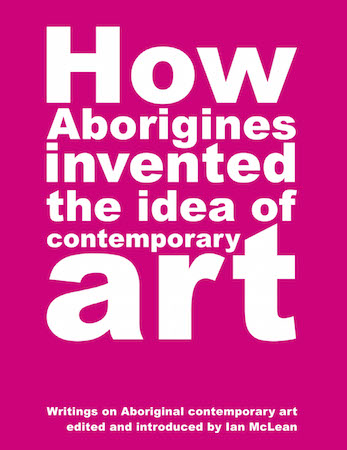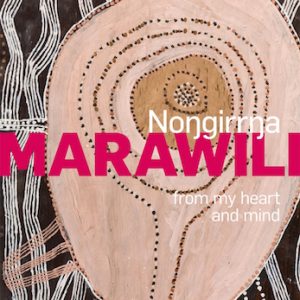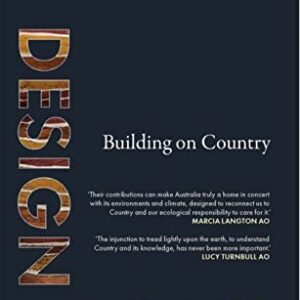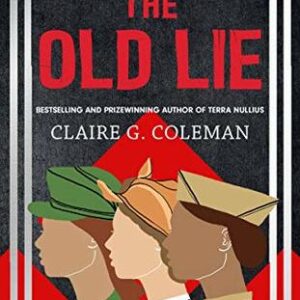Description
Awarded Best Anthology at the AAANZ (Art Association of Australia and NZ) annual conference!
Abstract:
The Australian artworld first noticed the Papunya Tula painting movement in the early 1980s. To many it was an historical aberration lacking legitimacy because the paintings had seemingly arrived from outside rather than through any internal artworld prerogative. At this time the Australian artworld was adrift from its familiar moorings and anxiously learning to navigate the cross currents of postmodernism. Most considered the Papunya paintings a distraction, more an exotic curiosity than serious art business. Their poetry, now so striking and inventive, then seemed elusive and fragile, even a sham. In 1982 Graeme Sturgeon worried that they ‘may look superficially the same [as traditional Aboriginal art] but be, in fact, meaningless decoration’.’ Two years later Elwyn Lynn called them ‘the Claytons of abstract art; what you swallow, rather uncritically, when you have given up Mondrian gin, Pollock whisky and Poliakoff vodka’; ‘the kind of abstract art you like when you do not like abstract art’.2 Many could not see the new fad lasting. At most it was a wildcard for uncertain times. Those few who sensed a spirit worth gambling on were vindicated. The artworld’s hesitant curiosity about Papunya Tula painting quickly became an embrace. It grew into the most significant development of late-twentieth-century Australian art.
Published: Power Publications, University of Sydney 2011, 359 pages, softback





